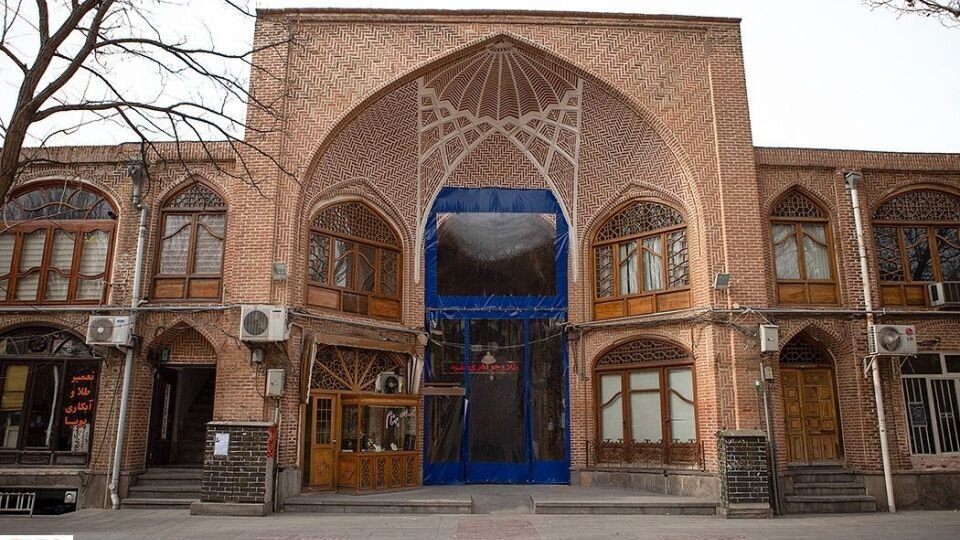UNESCO World Heritage: restoration work continues at Tabriz bazaar complex

TEHRAN – A total of 200 shops have been restored in the UNESCO-designated bazaar of Tabriz during the current Iranian year (started March 2020), months after a blaze swept through the ancient site.
“The directorate of the UNESCO-registered complex issues 20 restoration permits on average for the shops located within the site… and 200 shops have undergone rehabilitation work since the beginning of the year,” the provincial tourism chief, Ahmad Hamzezadeh announced on Tuesday.
In May 2019, a blaze inflicted damage to sections of the marketplace, which embraces countless shops, over 20 caravanserais and inns, and several vast domed halls, bathhouses, and mosques.
A labyrinth of interconnected covered passages that stretches for about 5 km, the historic bazaar of Tabriz has been a UNESCO World Heritage Site since 2010 and was mentioned by Marco Polo when he traveled the Silk Road in the Middle Ages.
Soaked in history and culture for millennia, Tabriz, which is the capital of East Azarbaijan, embraces several historical and religious sites, including the Jameh Mosque of Tabriz and Arg of Tabriz, and UNESCO-registered Tabriz Historic Bazaar Complex to name a few. The city became the capital of the Mongol Il-Khan Mahmud Gazan (1295–1304) and his successor. Timur (Tamerlane), a Turkic conqueror, took it in 1392. Some decades later the Kara Koyunlu Turkmen made it their capital, it was when the famous Blue Mosque was built in Tabriz.
The city retained its administrative status under the Safavid dynasty until 1548, when Shah Tahmasp I relocated his capital westward to Qazvin. During the next two centuries, Tabriz changed hands several times between Persia and Ottoman Empire. During World War I, the city was temporarily occupied by Turkish and then Soviet troops.
AFM/
Leave a Comment